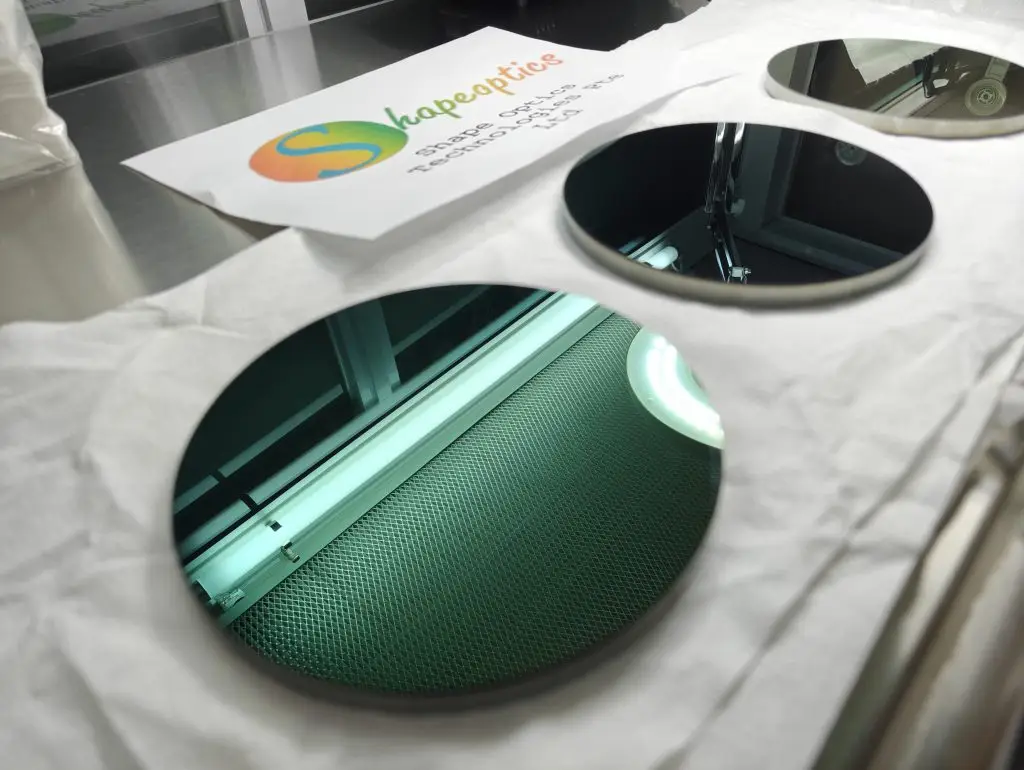Description
P-type germanium is a type of semiconductor that has been doped with elements that create “holes” as the majority charge carriers. Below is a detailed overview of P-type germanium, including its properties, uses, and key characteristics.
Doping Elements:
- Common Dopants: Boron, gallium, and indium.
- These elements have fewer valence electrons than germanium, resulting in the creation of “holes” or positive charge carriers in the semiconductor material.
Electrical Properties:
- Majority Charge Carriers: Holes.
- Conductivity: Conductivity is due to the movement of holes, which act as positive charge carriers.
- Current Flow: Holes move towards the negative terminal under an electric field, creating a flow of current.
Uses in Technology:
- Semiconductor Devices:
- Transistors: P-type germanium is used in the manufacture of various types of transistors, including bipolar junction transistors (BJTs).
- Integrated Circuits (ICs): Utilized in the production of ICs, particularly in complementary configurations with N-type germanium.
- Optical Applications:
- Optical Storage Media: Like N-type, P-type germanium can be vaporized under vacuum conditions to produce thin films used in CDs, DVDs, and Blu-ray discs.
- Optical Coatings: Used in anti-reflective coatings and other optical components due to its favorable refractive index and optical properties.
Advantages:
- Complementary Role: P-type germanium is often used in conjunction with N-type germanium in various semiconductor devices to create PN junctions, which are critical for diodes, transistors, and many other electronic components.
- Semiconductor Efficiency: Provides a balance to N-type materials in terms of charge carrier dynamics, enabling more complex and efficient electronic circuits.
Comparison to Silicon:
- Similarities:
- Both germanium and silicon are group IV elements and act as semiconductors.
- Used in similar applications, such as transistors and integrated circuits.
- Differences:
- Electron Mobility: Germanium has higher hole mobility compared to silicon, which can enhance device performance.
- Thermal Properties: Germanium has a lower melting point compared to silicon (937°C vs. 1,414°C), which may influence the choice of material depending on the application.
Summary:
P-type germanium is a crucial material in the field of electronics and optics. By introducing elements like boron, gallium, and indium, germanium’s electrical properties are modified to create holes as the majority carriers. This type of doping is essential for creating PN junctions in diodes, transistors, and integrated circuits. P-type germanium’s unique properties make it valuable for a wide range of applications, from high-frequency electronics to optical coatings.















Reviews
There are no reviews yet.